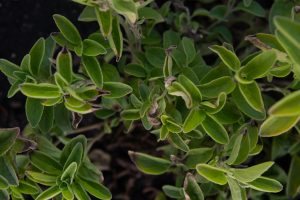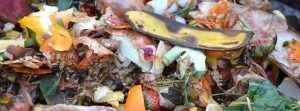Sure thing! Here’s a captivating introduction that briefly summarizes the article titled “Can I Compost Hair And Fur?”
In our quest to lead a more sustainable lifestyle, many of us have pondered whether common household waste like hair and fur can be composted. The idea of turning these everyday items into nutrient-rich soil is not only intriguing but also environmentally beneficial. In this article, we delve into the composting potential of hair and fur, exploring their decomposition process, benefits to our compost heap, and practical tips for successful incorporation. Let’s embark on this green journey together and discover how simple changes can make a big difference! Have you ever wondered what you can do with all the hair and fur that gets caught in your hairbrush, or that accumulates after grooming your pet? Many of us don’t realize it, but hair and fur can actually be composted! This might sound unusual at first glance, but it’s an excellent way to reduce waste and make the most of the resources we have.
What Exactly Can Be Composted?
In the realm of composting, almost all organic matter is fair game. Generally, we think of kitchen scraps like vegetable peelings, coffee grounds, and eggshells, as well as yard waste like leaves and grass clippings. But did you know that hair and fur fall under the same category?
Hair and Fur as Organic Material
Hair and fur, whether from humans or animals, are primarily composed of a protein called keratin. They break down in compost over time, enriching it with nitrogen, which is a crucial element for composting. Composting hair and fur is not only possible but also beneficial for our compost piles.
Why Compost Hair and Fur?
There are several compelling reasons to compost hair and fur. Besides reducing the amount of waste we send to landfills, composting these materials enriches our compost with nitrogen, essential for the decomposition process.
Environmental Benefits
When we compost hair and fur, we divert these materials from landfills where they would otherwise contribute to methane production, a potent greenhouse gas. Composting helps reduce our carbon footprint and promotes a more sustainable way of living.
Soil Enrichment
Hair and fur break down slowly, releasing nutrients gradually into the soil. This slow release helps maintain soil fertility over an extended period, providing plants with consistent access to essential nutrients, especially nitrogen.
Cost Saving
By composting our hair and fur, we reduce the need for chemical fertilizers. This not only saves us money but also minimizes the environmental impact associated with the production and use of synthetic fertilizers.
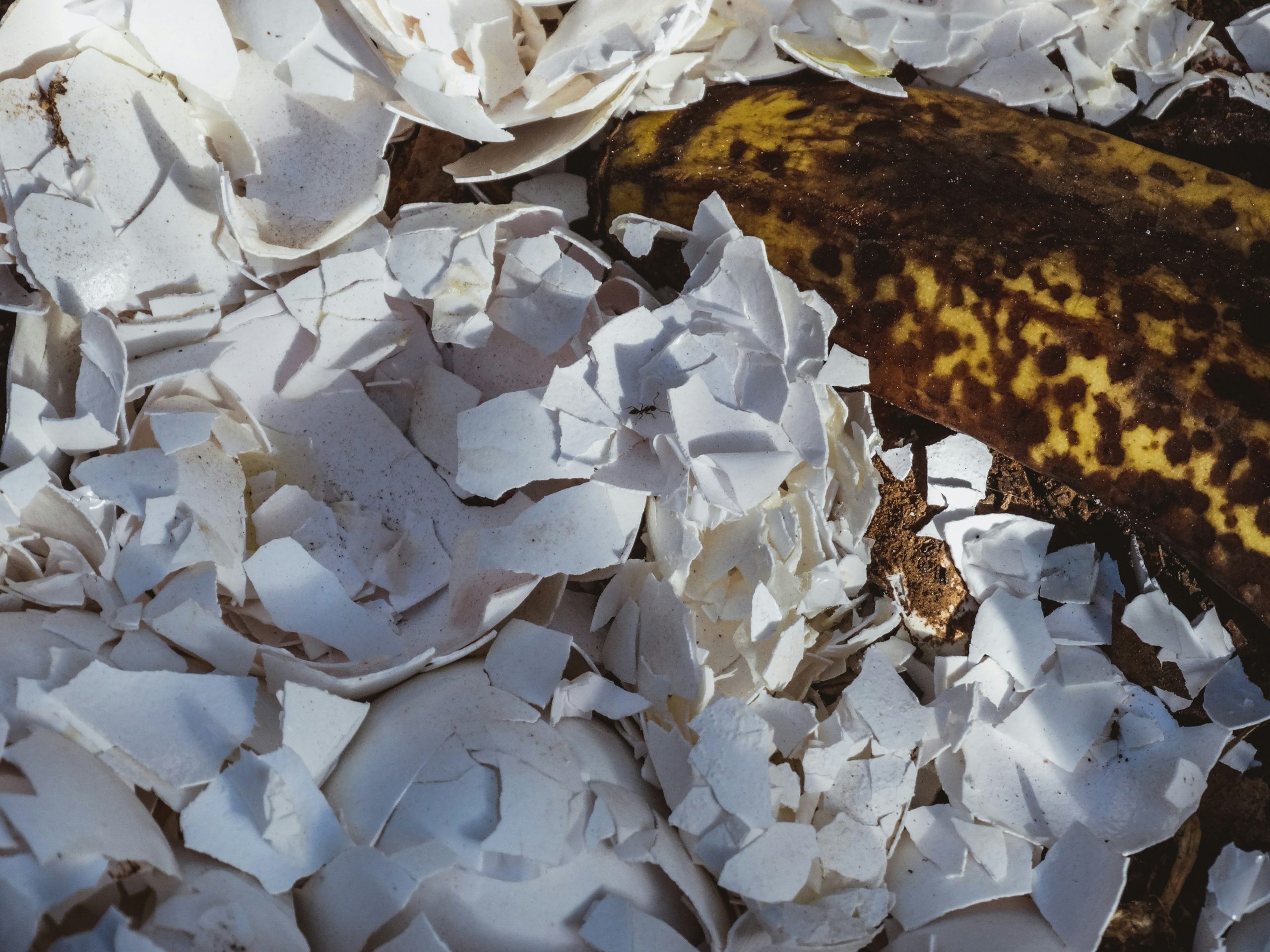
How to Compost Hair and Fur?
Whether you’re new to composting or a seasoned pro, adding hair and fur to your compost pile requires a bit of knowledge and technique. Here’s how to do it effectively.
Collecting Hair and Fur
First, gather the hair and fur. Human hair can be collected from hairbrushes and from haircuts. Pet fur can be collected during grooming sessions.
Preparing the Material
Cutting hair and fur into smaller pieces can help speed up the decomposition process. For human hair, this step might be as simple as having it trimmed regularly. For pet fur, a thorough grooming session should do the trick.
Adding Hair and Fur to the Compost Pile
When adding hair and fur to the compost pile, mix it evenly with other compostable materials to avoid clumping. Hair and fur should be combined with materials rich in carbon, such as leaves, straw, or cardboard, to maintain a balanced compost pile.
| Compost Ingredient | Type | Carbon-Nitrogen Ratio |
|---|---|---|
| Hair and Fur | Nitrogen | High Nitrogen |
| Leaves | Carbon | High Carbon |
| Veggie Scraps | Nitrogen | High Nitrogen |
| Straw | Carbon | High Carbon |
| Coffee Grounds | Nitrogen | High Nitrogen |
Maintaining the Compost Pile
Regularly turn the compost pile to ensure proper aeration and avoid unpleasant odors. Hair and fur may take longer to break down compared to other materials, so patience is key.
Common Concerns and Misconceptions
As with any composting topic, there are always questions and a bit of skepticism. Let’s address some common concerns.
Odor Issues
One of the biggest concerns people have is whether composting hair and fur will lead to bad odors. When balanced properly with other compost materials and regularly aerated, hair and fur should not produce any offensive smells. Ensuring there is a good mix of carbon-rich materials (browns) and nitrogen-rich materials (greens) will prevent this issue.
Pest Attraction
Another concern is attracting pests. However, because hair and fur break down slowly and do not rot quickly like food scraps, they’re less likely to attract pests. Proper compost maintenance and covering food scraps with yard debris or finished compost will help minimize any risk.
Chemical Contaminants
Some worry about chemicals in hair products or flea treatments in pet fur. While it’s true that these can be a concern, small amounts of treated hair or fur should not harm your compost significantly. For peace of mind, you can opt to compost hair and fur known to be free from chemical treatments.
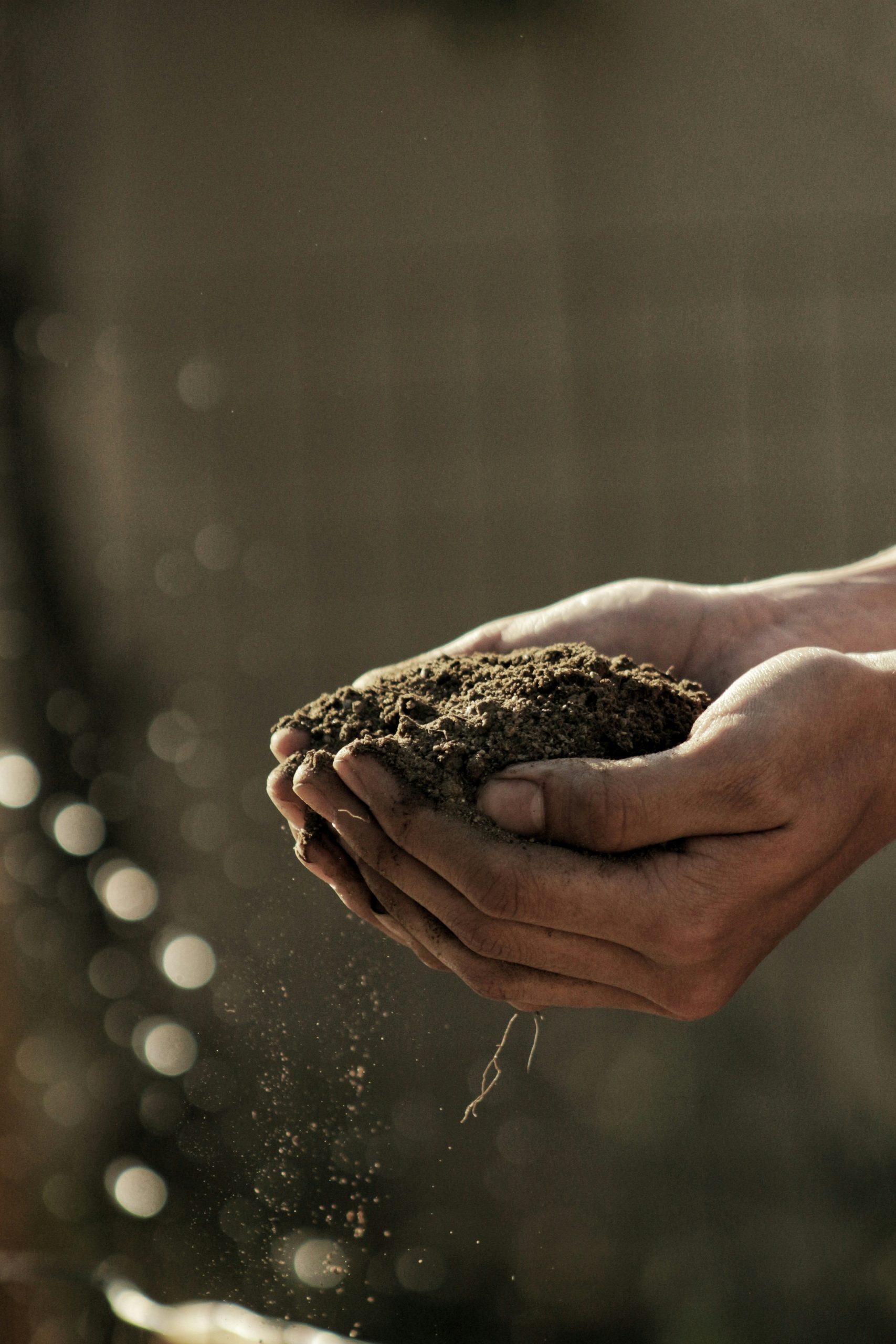
Benefits for Gardeners
Gardeners will be pleased to know that the benefits of composting hair and fur extend directly to their plants. Hair and fur can significantly improve garden health.
Soil Structure
Adding compost enriched with decomposed hair and fur helps improve soil structure. It increases the soil’s ability to retain water and fosters better root growth due to improved aeration.
Nutrient Availability
As mentioned, hair and fur are rich in nitrogen. This nutrient is vital for leafy plant growth, making it a valuable addition for vegetable gardens and flower beds. Including hair and fur in compost ensures a slow and consistent release of nitrogen.
Natural Weed Barrier
Interestingly, a layer of hair can act as a natural weed barrier when used as mulch. It helps to suppress weed growth while slowly releasing its nutrients into the soil below.
Alternatives to Composting
If composting hair and fur isn’t an option for you, there are still other methods to consider.
Direct Soil Addition
For those with a healthy garden soil, you can directly add hair and fur into the soil. Burying it shallowly will enable it to break down over time and contribute nutritionally to the soil.
Using as Mulch
Hair and fur can be used directly as mulch around flower and vegetable beds. This method helps control weed growth and retain soil moisture while gradually breaking down.
Crafts and DIY Projects
Particularly crafty individuals might find uses for hair and fur in DIY projects. Animal fur can be used in activities like felting, while human hair can be used in unique art projects.
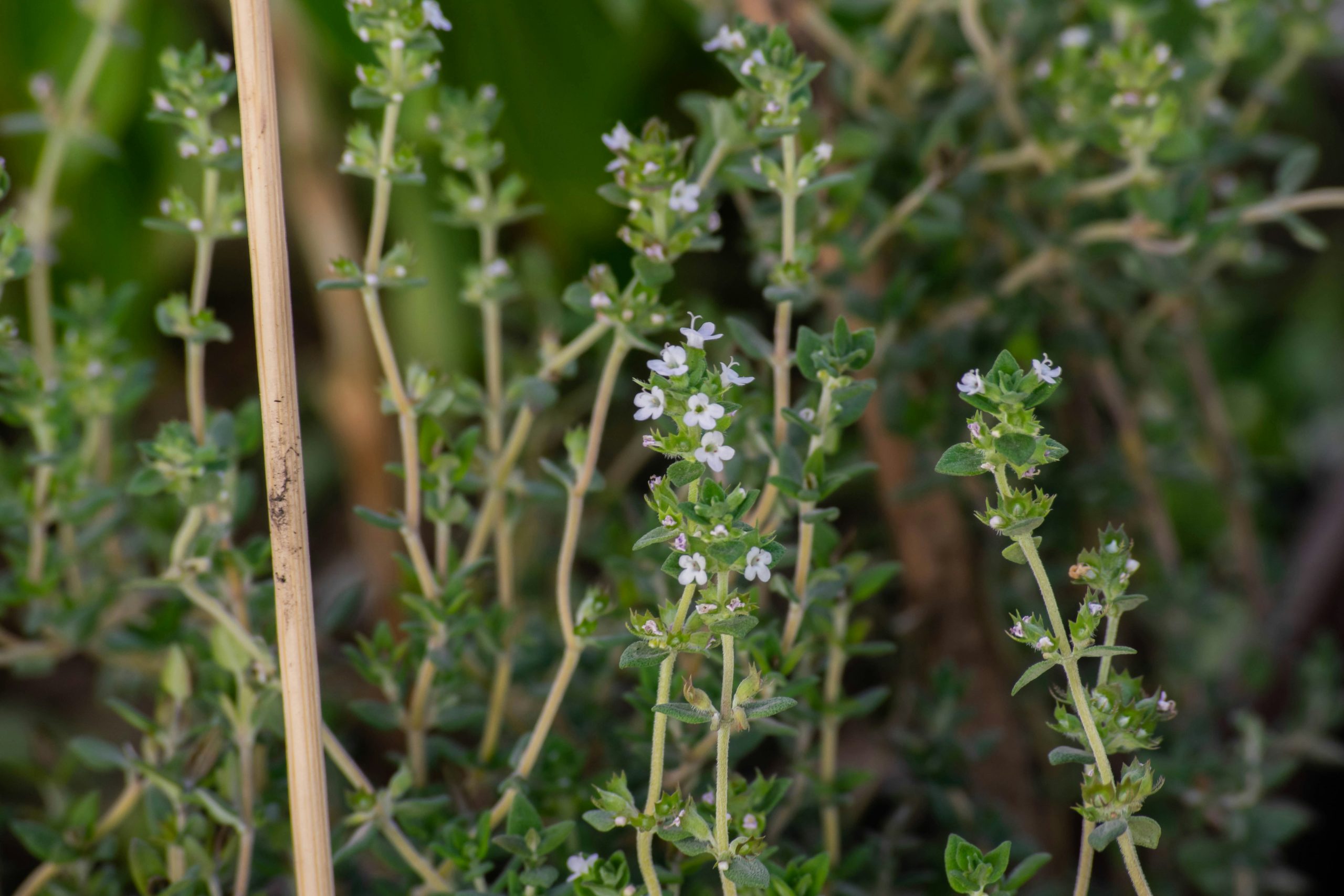
The Science Behind Composting Hair and Fur
To understand why hair and fur can be composted, it’s beneficial to delve a bit into the science behind decomposition.
Keratin Breakdown
Keratin is the primary protein in hair and fur. Though keratin is tough and requires time to decompose, microbes in compost gradually break it down. This process releases nitrogen and other nutrients back into the compost.
Microbial Activity
Composting relies on microorganisms such as bacteria and fungi. These microorganisms thrive on a balanced mix of carbon (browns) and nitrogen (greens). Hair and fur’s nitrogen content makes them appealing to these microbes, fostering a healthy compost ecosystem.
Balance and Ratios
Maintaining a proper carbon-to-nitrogen ratio is crucial in composting. Hair and fur are nitrogen-rich, so balancing them with sufficient carbon-rich materials ensures efficient decomposition and reduces the chance of odor issues.
Troubleshooting Common Issues
Even seasoned composters encounter challenges. Here are some solutions to common problems when composting hair and fur.
Slow Decomposition
If hair and fur aren’t decomposing as quickly as you’d like, ensure they are mixed well with other compost materials. Cutting them into smaller pieces and frequent turning of the compost pile can help speed up the process.
Clumping
Hair and fur tend to clump together, making it hard for air to circulate. To prevent this, layer them thinly and mix well with other materials to keep the compost pile aerated.
Odor Problems
If you notice an unpleasant odor, it’s often a sign of an imbalance. Add more carbon-rich materials such as dry leaves or shredded cardboard and ensure regular turning for proper aeration.
Pests
If pests are an issue, make sure your compost pile is well-covered, and food scraps are hidden under a layer of yard waste. Hair and fur themselves should not attract pests if the pile is well maintained.
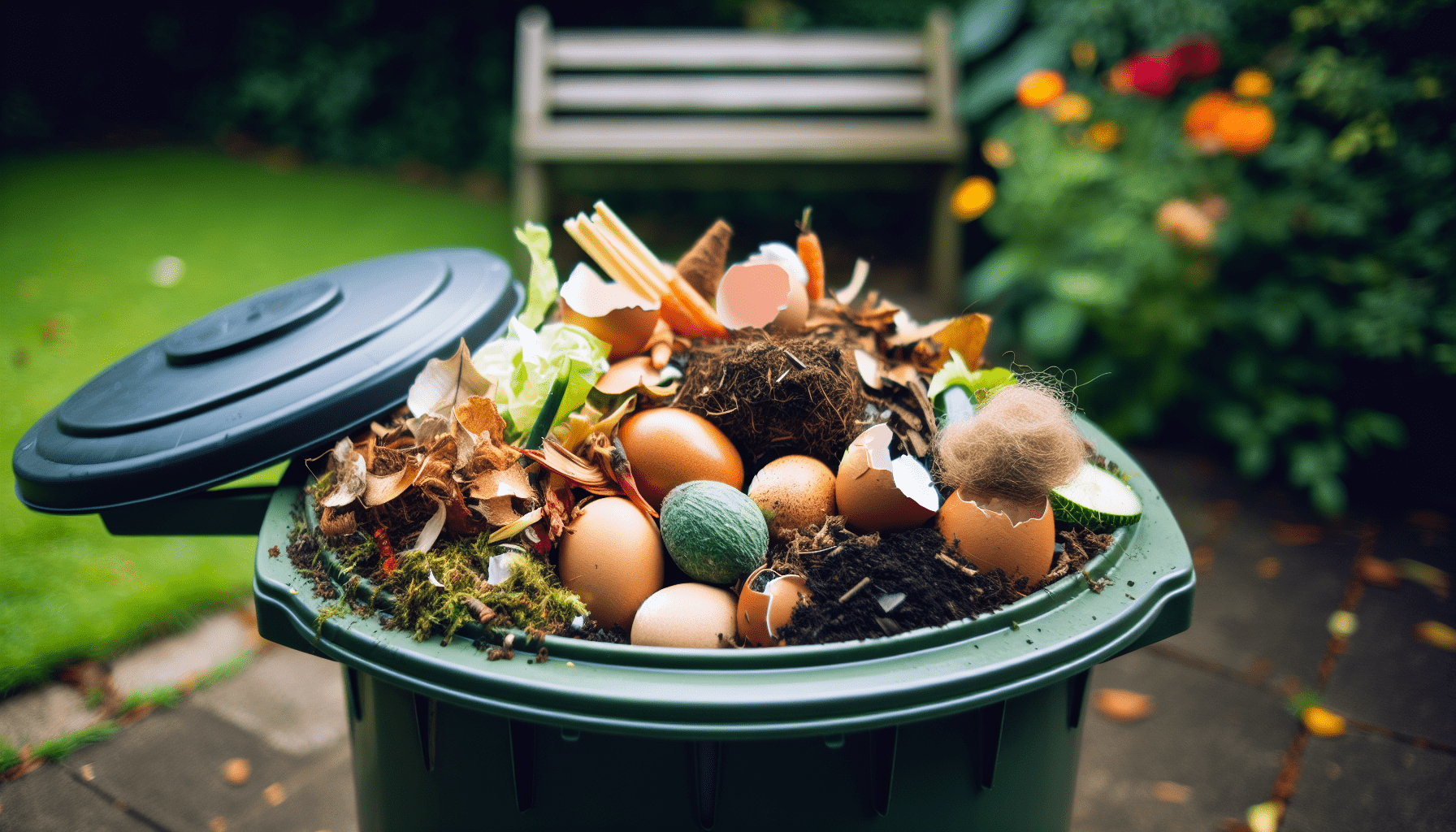
Case Studies and Success Stories
Understanding theoretical benefits is one thing, but hearing real-life success stories can be even more convincing.
Home Gardeners’ Experiences
Many home gardeners report healthier, more robust plants when using compost enriched with hair and fur. They notice a significant boost in foliage growth and quicker plant recovery from nutrient deficiencies.
Municipal Composting Programs
Some municipal composting programs accept hair and fur, recognizing their benefits in producing rich, nutrient-dense compost. By including these materials, municipalities can offer quality compost to residents while reducing landfill waste.
Commercial Composting
Commercial composting outfits have successfully composted hair and fur, often citing their high nitrogen content as a valuable component. This inclusion improves the overall quality of the compost they produce for farms and gardens.
Conclusion
Composting hair and fur might seem unconventional, but it’s a practical and eco-friendly choice. By doing so, we contribute to reducing waste, enriching our soil, and fostering a more sustainable environment. Next time you clean out your hairbrush or groom your pet, consider the benefits of composting those hair and fur trimmings. It’s a small step that can have significant positive impacts on our gardens and the planet.
Give it a try, and happy composting!

